How Can Mindfulness Exercises Be Simple?
 We’ve all experienced stress at some point in our lives. What most people don’t realize is how damaging stress can be on the body when accumulated over time. In our society, stress has become the norm. We stress about work, finances, home life, relationships, etc. We also tend to categorize our stress. We say things like “I’m only a little stressed,” or “I’m really stressed.” You see, our bodies don’t differentiate stress the way we do. On a cellular level, it doesn’t matter if you think you’re just a “little stressed” or “overly stressed,” our bodies are going to respond the same way regardless. So, while you might just be “a little” stressed over what you’re going to wear to the office party this weekend, your body is still reacting the same way it would to being chased down the street by a bear.
We’ve all experienced stress at some point in our lives. What most people don’t realize is how damaging stress can be on the body when accumulated over time. In our society, stress has become the norm. We stress about work, finances, home life, relationships, etc. We also tend to categorize our stress. We say things like “I’m only a little stressed,” or “I’m really stressed.” You see, our bodies don’t differentiate stress the way we do. On a cellular level, it doesn’t matter if you think you’re just a “little stressed” or “overly stressed,” our bodies are going to respond the same way regardless. So, while you might just be “a little” stressed over what you’re going to wear to the office party this weekend, your body is still reacting the same way it would to being chased down the street by a bear.
Researchers are finding that stress is the underlying cause of many chronic diseases. Therefore, implementing mindfulness into our lives can be so beneficial, for not only our minds but our bodies as well. The purpose of practicing mindfulness is to bring our attention back to the present moment instead of reliving the past or worrying about future events that are causing us stress. The more time we spend outside of the present moment, the more we experience stress and anxiety. By implementing mindfulness into our daily routines, we can start bringing our attention back to the present moment so we can start decreasing the stress and living a happier, more fulfilled life.
Here are 8 Mindfulness-based Stress Reduction Exercises…
you can start implementing as early as today to start decreasing the stress in your life.
1. Sitting Meditation: For this mindfulness exercise, find a comfortable position, usually sitting cross-legged with your hand in your lap. Close your eyes and focus on your breath. Do not try to change it in any way, but instead observe it. Is it fast or slow? Where do you feel your breath the most? If you notice your mind wandering, that’s completely normal. Simply bring the attention back to your breath.
2. Body Scan– This is a simple mindfulness-based stress reduction exercise that brings your attention to an area of your body to help bring your awareness to the present. Find a comfortable position, close your eyes, and bring your attention to your feet. Notice the sensations that you feel in that area. Notice how your feet feel against the floor. Are they hot or cold? Take in every sensation. Then, slowly, move your way up your body, putting a gentle focus on each area and noticing how each area feels at that moment.
3.  Yoga– Yoga is a unique combination of meditation, breath work, and physical exercises. It has been used to help improve moods and relieve pain and is considered a mindfulness-based stress reduction exercise and a safe practice when it’s used appropriately. If you’re unsure of how to perform yoga, a qualified instructor can help recommend safe movements and modifications. Yoga is one of many mindfulness activities that can be done by anyone and is offered through “in person” classes, online videos, and “at home” DVDs. These usually range from beginner to advanced, so you’ll be able to start wherever you are.
Yoga– Yoga is a unique combination of meditation, breath work, and physical exercises. It has been used to help improve moods and relieve pain and is considered a mindfulness-based stress reduction exercise and a safe practice when it’s used appropriately. If you’re unsure of how to perform yoga, a qualified instructor can help recommend safe movements and modifications. Yoga is one of many mindfulness activities that can be done by anyone and is offered through “in person” classes, online videos, and “at home” DVDs. These usually range from beginner to advanced, so you’ll be able to start wherever you are.
4. Three Minute Breathing Space– For many people, setting aside 20-30 minutes to perform a meditation, practice yoga, or do a body scan can be quite challenging. With this mindfulness exercise, all you need is a couple of minutes and it can be done in three simple steps. The first is asking yourself “Where am I?” “How am I?” and “What am I thinking?” This gets you outside of the “doing mode” and brings your awareness to the present moment. Next, shift your attention from your thoughts to your breath. Lastly, expand your attention so that it’s not just on your breath, but on your bodily sensations as well. This and other mindfulness activities brings your attention to your body as a whole.
Even More Mindfulness Activities:
5.  Mindful Eating– Did you know digestion starts in your mouth? It’s true. When we speed through our meals, not only do we miss out on the opportunity to actually enjoy our food, but we also make our digestive system’s job much harder. So, for this mindfulness exercise, you’re simply going to slow down. Put away all distractions while eating and just focus on your food. Use all your senses. How does your food taste? How does it smell? What’s the texture like? Does it make any sounds when you chew it? When you slow down and chew your food, not only do you get to enjoy your meal, but your body will be able to digest it better. You’ll also be able to notice when you’re getting full, which helps prevent overeating and leads to better digestion.
Mindful Eating– Did you know digestion starts in your mouth? It’s true. When we speed through our meals, not only do we miss out on the opportunity to actually enjoy our food, but we also make our digestive system’s job much harder. So, for this mindfulness exercise, you’re simply going to slow down. Put away all distractions while eating and just focus on your food. Use all your senses. How does your food taste? How does it smell? What’s the texture like? Does it make any sounds when you chew it? When you slow down and chew your food, not only do you get to enjoy your meal, but your body will be able to digest it better. You’ll also be able to notice when you’re getting full, which helps prevent overeating and leads to better digestion.
6. Mindful Walking– How often do you fully take in your surroundings when you’re walking? This includes walking to your car, walking into stores, walking around your yard, etc. These moments are the perfect opportunity to bring ourselves into the present moment. Use your senses to take in everything that going on around you. Notice how your legs move and how your feet feel against the ground. Notice any sounds that you hear or any smells. Take this time to be fully present.
7. 5 Senses Mindfulness Exercise– This exercise is perfect for settling a restless mind. It’s all about using your senses to help shift your focus from whatever is causing you stress to what’s happening in the moment. You can do it anytime, anywhere, and you don’t need to set aside time to practice it. Start with 5 things you can see. Take in your environment, the colors, shapes, etc. Then, move on to 4 things you can hear. What noises are going on around you? Is there talking? Maybe some music? Whatever it is, give it your full attention. Next, what are 3 things you can touch? This might be the feeling of your shirt against your skin or the feeling of a ring on your finger. Notice how it feels and the sensations it creates. From there, move on to 2 things you can smell. This may not be anything but the smell of the air in the room. Whatever it is, give it your full attention. Finally, 1 thing you can taste. Maybe a piece of gum, a breath mint, or maybe just the taste inside your mouth. This exercise may seem long, but when put into practice, only takes a couple of minutes and is very effective for bringing your attention to the now.
8. Open Awareness Meditation-More mindfulness activities…Unlike the mindfulness meditation where your full attention is being put on your breath, during open awareness meditation you’re not focusing on anything in particular. This meditation is all about observing your thoughts, physical sensations, and emotions as they come to you. Sit in a comfortable position, just like you would for mindfulness meditation, and close your eyes. From there, let go of any focus on your breath and just let your mind go free. Notice what comes up with curiosity rather than judgment. Perhaps it’s a sensation in your legs. Just let your mind direct your attention. As with any meditation, if you notice your mind wandering, bring it back to the object of your attention. Continue with this free-floating awareness for 5-10 minutes in silence. *Note, this exercise can be trickier for beginners as we tend to “overthink” things. If this is your first time trying this exercise, starting with a shorter session (3-5 minutes) can help alleviate any frustrations that may come up during your practice.
 Whichever mindfulness exercises or activities you choose, make sure it resonates with you. The whole purpose of mindfulness-based stress reduction exercises and practicing mindfulness is to reduce the stress in your life. If practicing mindfulness itself is stressing you out, it is defeating the whole point of the practice. Try a couple of different mindfulness exercises and see what works for you. Chances are you’ll find a couple “go to” exercises that you can have in your back pocket to help you find grounding in times of stress.
Whichever mindfulness exercises or activities you choose, make sure it resonates with you. The whole purpose of mindfulness-based stress reduction exercises and practicing mindfulness is to reduce the stress in your life. If practicing mindfulness itself is stressing you out, it is defeating the whole point of the practice. Try a couple of different mindfulness exercises and see what works for you. Chances are you’ll find a couple “go to” exercises that you can have in your back pocket to help you find grounding in times of stress.
For Mindfulness Certification Training for Yoga Instructors, Coaches, and Individuals. CLICK HERE
Jordan Wavra helps women with holistic stress reduction, increasing energy naturally and transforming your health through a combination of holistic nutrition health coaching and planning, mindfulness coaching, personal fitness training and if requested energy healing through a pranic healing technique. Jordan works mostly remotely via Skype or Zoom video conference with her pranic healing, holistic health & lifestyle, and mindfulness coaching clients from her office in Phoenix, AZ , but serves the surrounding communities of Tempe, AZ; Gilbert, AZ; Scottsdale, AZ; Casa Grande, AZ; and Chandler, AZ.
Schedule a FREE Discovery Session with Jordan Today!
Jordan is a Premier Member of and Conscious Contributor to The Mind Body Spirit Network. Connect with Jordan on her Listing Page here.
Explore More Mindfulness Training & Resources
Sources:
https://nccih.nih.gov/health/mindbody
https://www.sciencedaily.com/releases/2017/06/170615213301.htm
https://chopra.com/articles/mind-body-connection-understanding-the-psycho-emotional-roots-of-disease
https://nccih.nih.gov/about/offices/od/2010-06.htm
https://www.aarp.org/health/healthy-living/info-2014/stress-and-disease.html
https://ggia.berkeley.edu/practice/body_scan_meditation
https://nccih.nih.gov/health/tips/yoga
https://www.health.harvard.edu/staying-healthy/8-steps-to-mindful-eating
https://chopra.com/articles/mindful-walking-practice-how-to-get-started
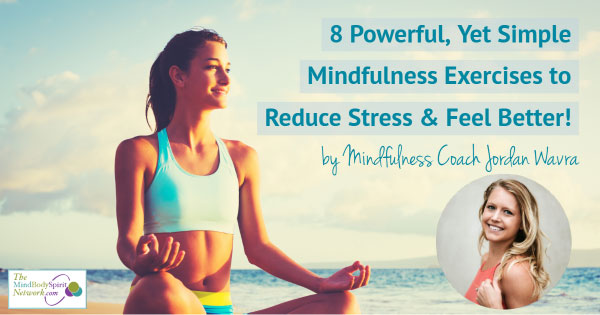

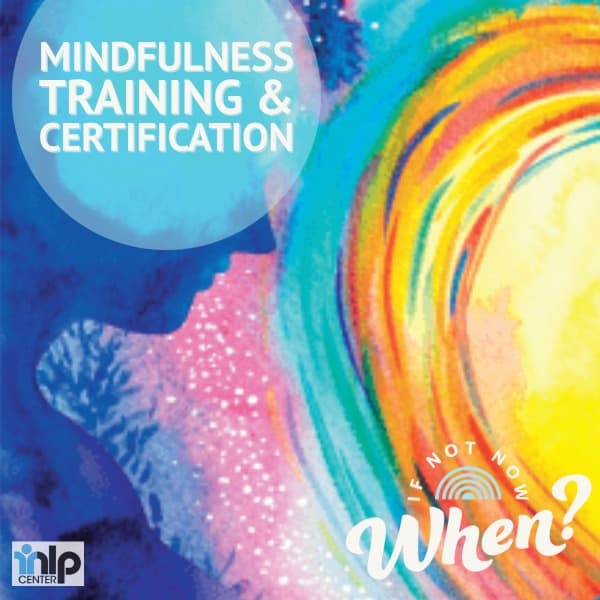
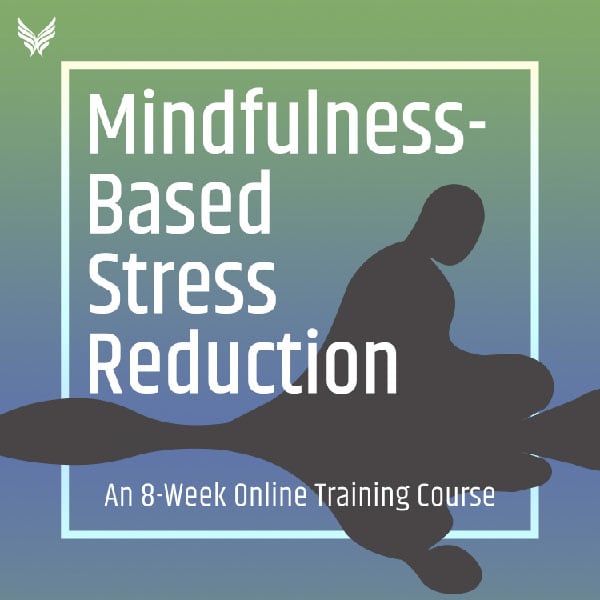
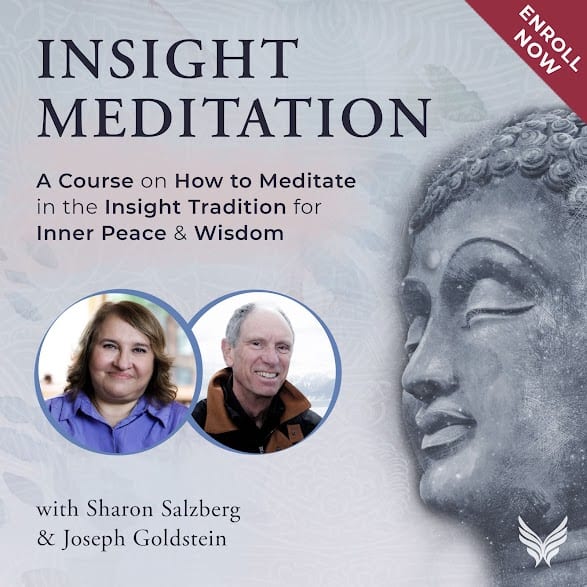
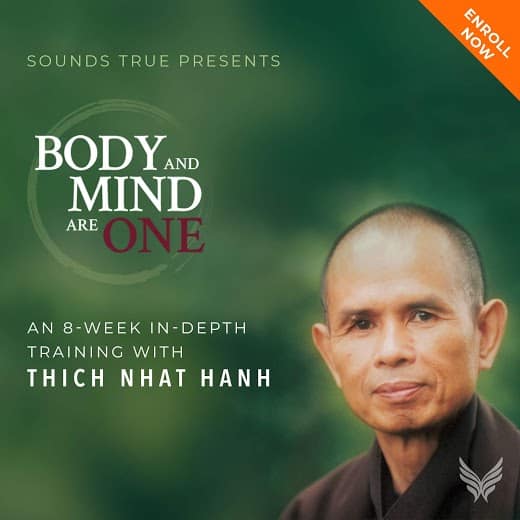
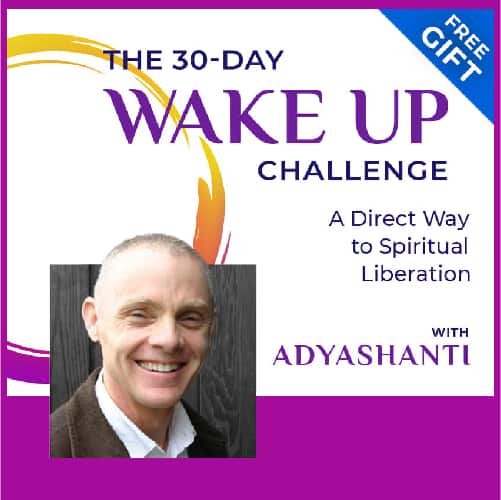
Leave a Reply